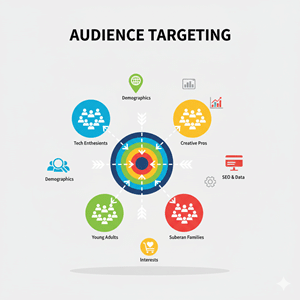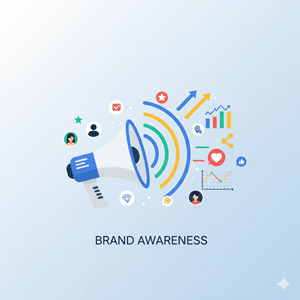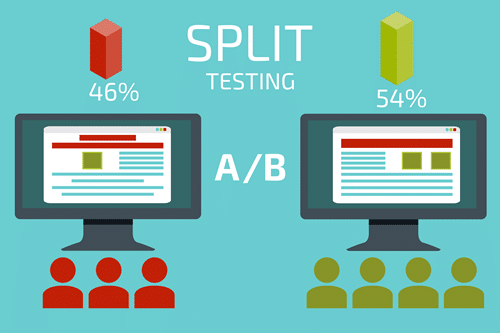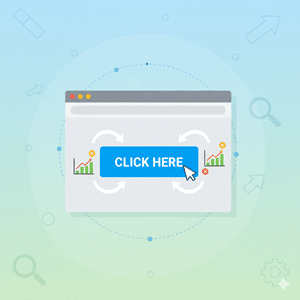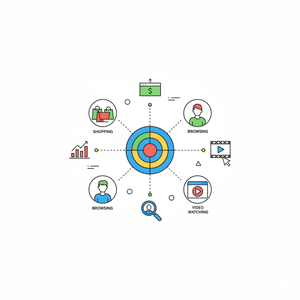What is Bounce Rate?
The percentage of website visitors that depart after only viewing one page without completing any additional actions (such as clicking a link, completing a form, or going to another page) is known as the bounce rate. It’s a crucial indicator of user engagement that shows how well your website draws in and holds users’ attention.
A high bounce rate could indicate that users didn’t find what they were looking for or that the user experience needs to be improved.
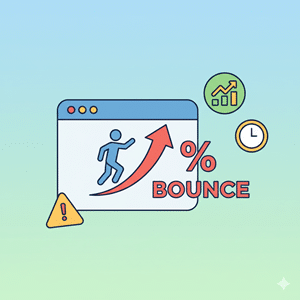
Why Bounce Rate Matters
- Reveals content effectiveness — Are users finding what they came for?
- Impacts SEO indirectly — Over time, low engagement could harm rankings.
- Helps optimize landing pages for higher conversion
- Identifies UX/UI issues — such as sluggish loading, shoddy design, or pointless messaging
- Directs content strategy by highlighting what works and what doesn’t.
Frequently, bounce rate is a symptom rather than the issue. A correct diagnosis results in significant progress.
Benchmark Bounce Rate Ranges (Industry Averages)
- Blogs & News Sites: 65–90% (high is common due to single-page reads)
- B2B Websites: 25–55%
- E-commerce Sites: 20–45%
- Landing Pages (PPC): 70–90%
- Service-Based Sites: 30–55%
Note: If the page provides all the information that is required (such as contact information, definition pages, or blog posts), a high bounce rate isn’t always a bad thing.
How SEO Agency Boston Diagnoses & Reduces Bounce Rate
We audit:
- Page speed and mobile performance
- Relevance of meta titles/descriptions vs. on-page content
- CTA visibility and clarity
- Internal linking strategy to encourage deeper browsing
- Content readability and formatting
After that, we refine UX using A/B testing and behavior tracking (heatmaps, session recordings) until the numbers get better.
Best Practices to Reduce Bounce Rate
- Make use of captivating openings that align with the search intent.
- Boost mobile responsiveness and page speed
- Put calls to action above the fold.
- Divide the content into manageable, skimmable sections.
- Contextually link to pertinent internal pages
- Align the content of landing pages with search or ad intent.
Related Terms
- Dwell Time
- Exit Rate
- Click-Through Rate (CTR)
- Engagement Metrics
- Landing Page Optimization
Common FAQs About Bounce Rate
No. A bounce rate might still be considered successful if your content completely answers the user’s question (for example, by providing contact information or a definition).
It differs depending on the page type and industry. For the majority of service or business websites, 30 to 50 percent is usually a healthy range.
Hotjar, Microsoft Clarity, Matomo, and Google Analytics (UA or GA4).

Don’t Just Attract Visitors — Engage Them
We at SEO Agency Boston transform inert visitors into engaged ones. You can keep users interested, clicking, and converting by using our bounce-rate optimization techniques.

